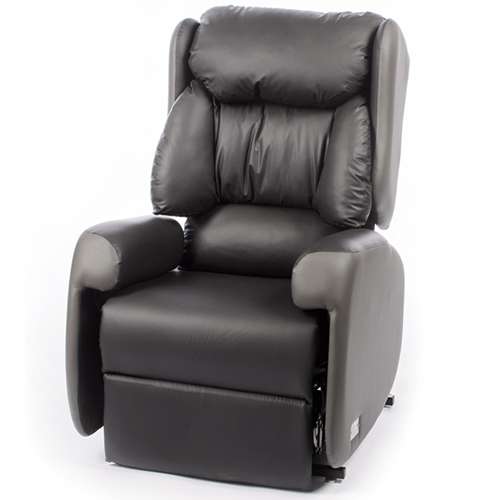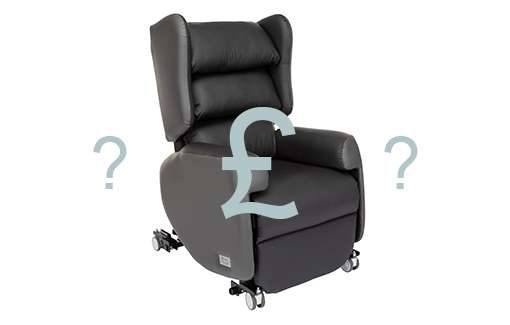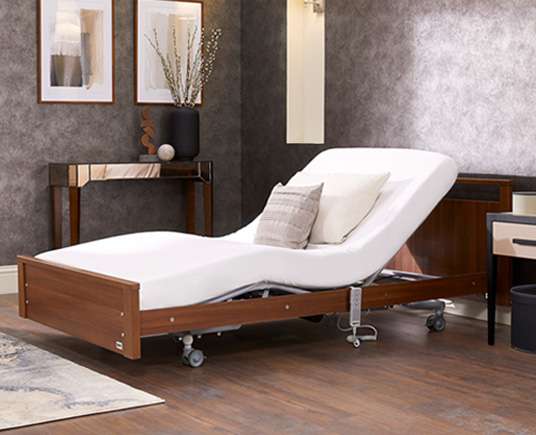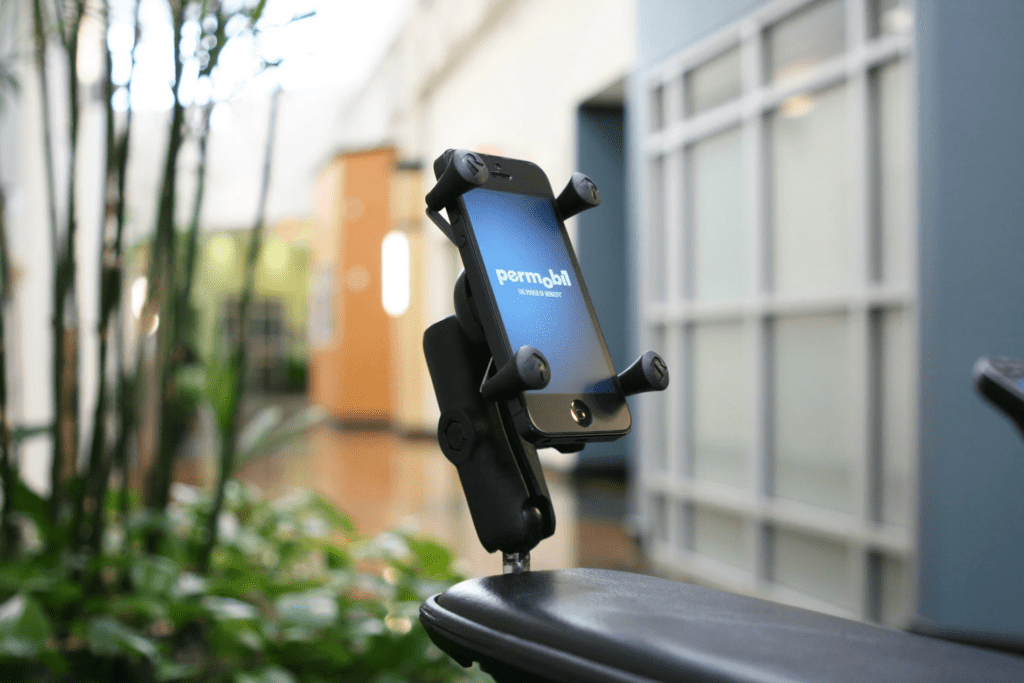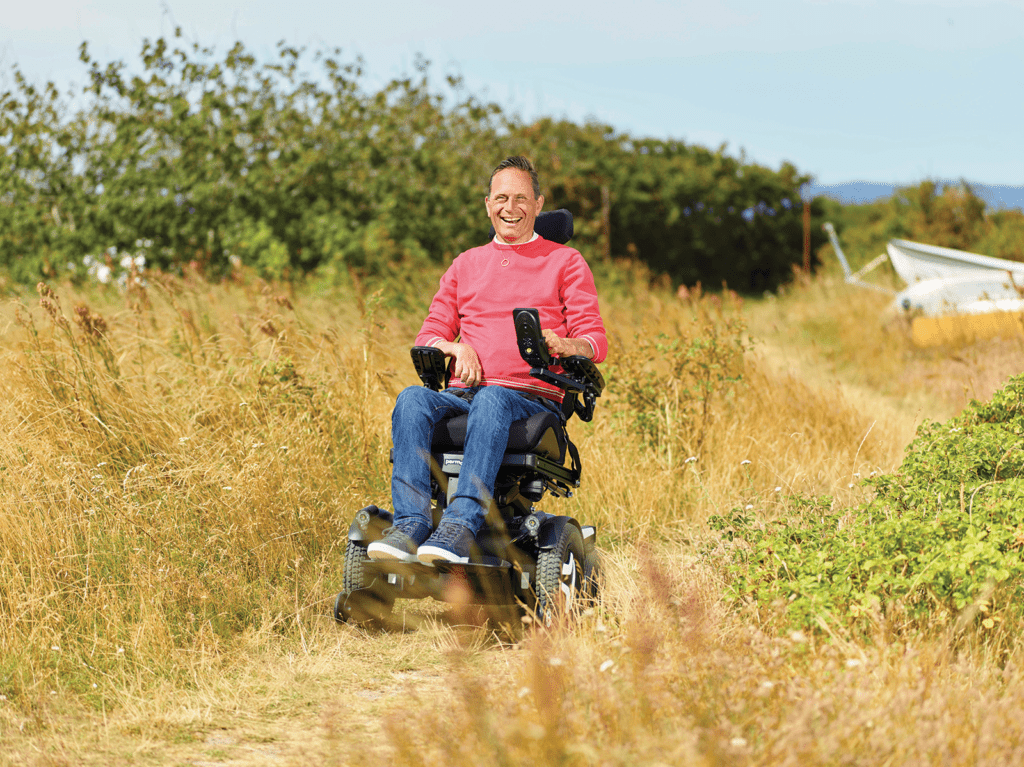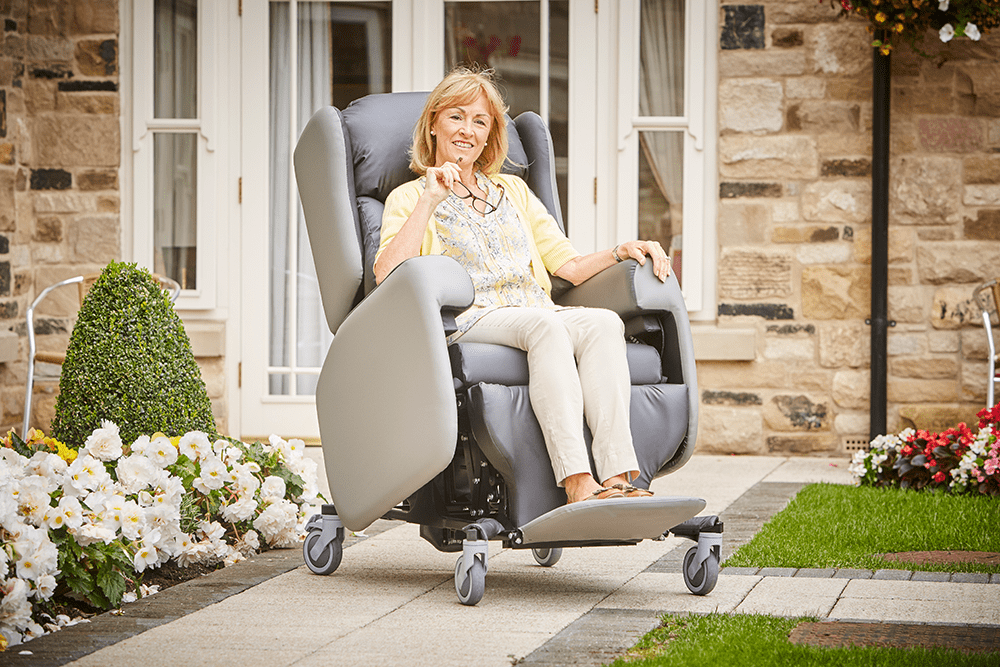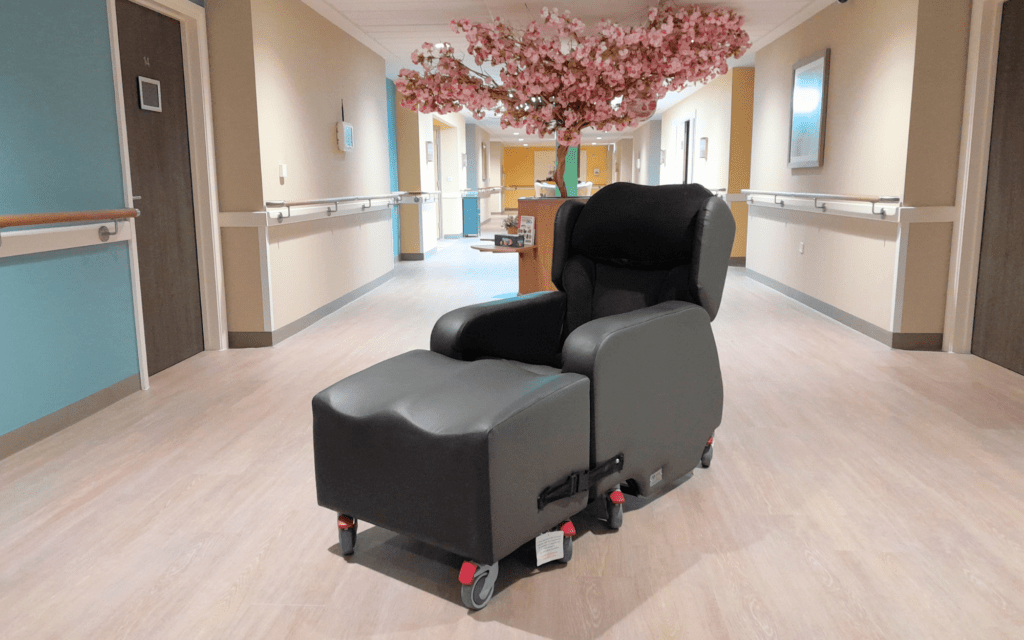As we have covered in previous articles, our chairs feature the innovative use of magnets, in place of Velcro, for securing cushions to our Lento chairs.
Jump straight to...
The Benefits of Magnets Over Velcro
Velcro’s hook and loop technology is very effective and has been around for a long time, but doesn’t meet today’s infection control requirements in hospitals and busy care environments. The Velcro can harbour dirt and bacteria which becomes engrained and difficult to remove, so becomes a breeding ground for bacteria, posing an infection risk to patients.
A simple but effective solution to this is to use magnets to hold the cushions in place. This is an easy feature to incorporate into our chairs, due to the flat metal surfaces behind the backrest fabric covers. Our unique design uses a rectangular metal ‘tab’ sewn into a fabric flap that hangs down behind the cushion, used to easily place and position the cushions.
As a result, the cushions, seat cover and base can be quickly and easily removed, allowing the chair and the cushions to be wiped down, and free of recesses where the bacteria can hide.
Magnets also allow for flexibility in positioning the cushions to suit the individual, a core feature of our Lento seating range to build the chair around the individual patient.
Myth-Busting
Healthcare professionals and therapists have expressed misgivings about having magnets within the chair, due to fears of interference with medical devices such as pacemakers. This query is understandable, as the council Recommendation 1999/519/EC document states that some field strengths can pose a risk to such devices.
We can assure you due to the tests we have undertaken, that the magnets within our chairs pose no such risk, and completely allay your fears!
An Independent Study
To address this query, we decided to commission an independent study to determine whether or not the magnets incorporated within the Lento Chair posed any risk to patients with implanted medical devices. As well as pacemakers, there are a range of devices that can be fitted to patients, as outlined in the table below.
Category | Examples |
People wearing active implanted medical devices (AIMD) | Cardiac pacemakers, cardiac defibrillators (ICDs), shunts, brainstem implants, inner ear prostheses, neurostimulators, retinal encoders, implanted drug infusion pumps |
People wearing passive implanted medical devices (PIMDs) | Artificial joints, pins, plates, screws, surgical clips, aneurism clips, stents, heart vale prostheses, annuloplasty rings, metallic contraceptive implants, penile implants |
People wearing body-worn medical devices | Insulin pumps, hormone infusion pumps, continuous glucose monitoring systems, metallised drug-delivery patches |
The Background
To briefly explain the science behind the risk of magnetic fields (this will be no medical dissertation, believe me!), permanent magnets of all kinds produce an electromagnetic field (EMF). There have been concerns raised regarding the potential interference effects of such fields with active implanted medical devices (AIMDs), for example cardiac pacemakers, defibriallators, insulin pumps and heart pumps. Electric motors also produce low-frequency magnetic fields.
It is important to note that active implanted medical devices (AIMDs), which are the subject of this study, are immune to interference below the Council Recommendation Reference levels, which is 0.5 mT for these devices.
0.5 mT is therefore the minimum level of interference risk; any magnetic field below this level is considered negligible.
As a further point, there are no known reports of any safety issues arising from passive devices (PIMDs), therefore the report concluded there is no significant risk to these devices from exposure to frequency fields.
The doctor who undertook this study is a specialist in electromagnetic safety with over 25 years of experience, and was asked to publish an independent report on his findings.
The Objective
The objective of the study was to find out whether the magnets in our chair cushions, handset or electric motors could cause any adverse health or interference effect with the users of our chairs.
This would be done by examining the EMF emissions from these magnets, and comparing them with the relevant EMF guidance and limits in the UK, to assess the risk.
The Assessment
The study was undertaken by passing a probe around the magnets to measure the field they emitted.
The result for all cushion magnets and the remote control magnet was the same; at a distance of 8cm from the magnet, the field produced was well under the 0.5 mT limit (see photo below).
The fields produced by the electric motors were very small, less than 5% of the reference levels, and hence presented no risk to people with or without implanted medical devices.
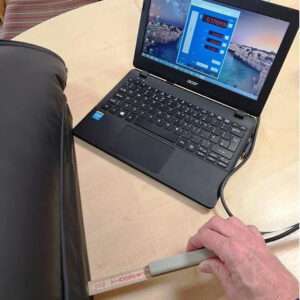
Measuring the strength of the chair magnets
The Outcome
When compressed, the width of our chair cushion is 10cm, and adding the further separation distance from the implanted device to the surface of the body, a person’s medical device would be located a relatively large distance away from the 8cm zone around the magnet.
The study was therefore able to conclude that the magnets incorporated in the back of the cushions and other magnets in the remote control and motors did not present a hazard to people with active, body worn or passive medical devices.
Conclusion
As assessed, our chairs are completely safe for patients to use with implanted devices such as pacemakers.
If you would like a copy of the report, or want to discuss further the use of magnets in our chairs, please reach out to our seating team.
Speak to our Seating Team





